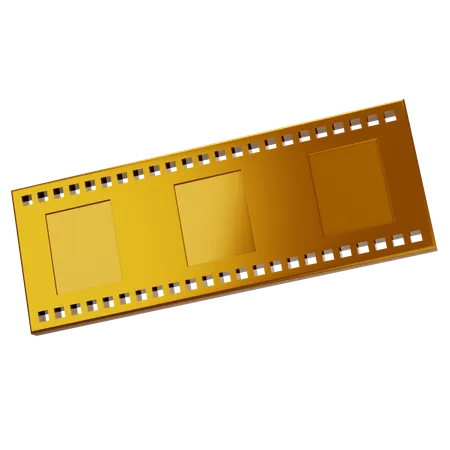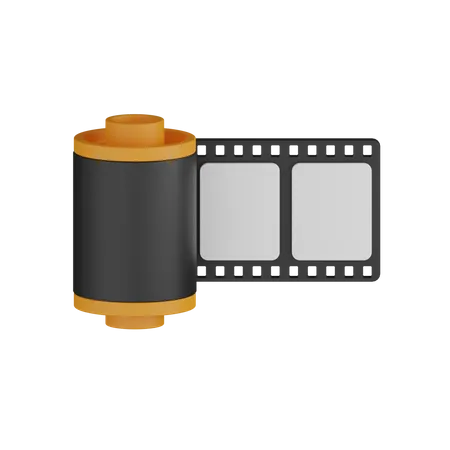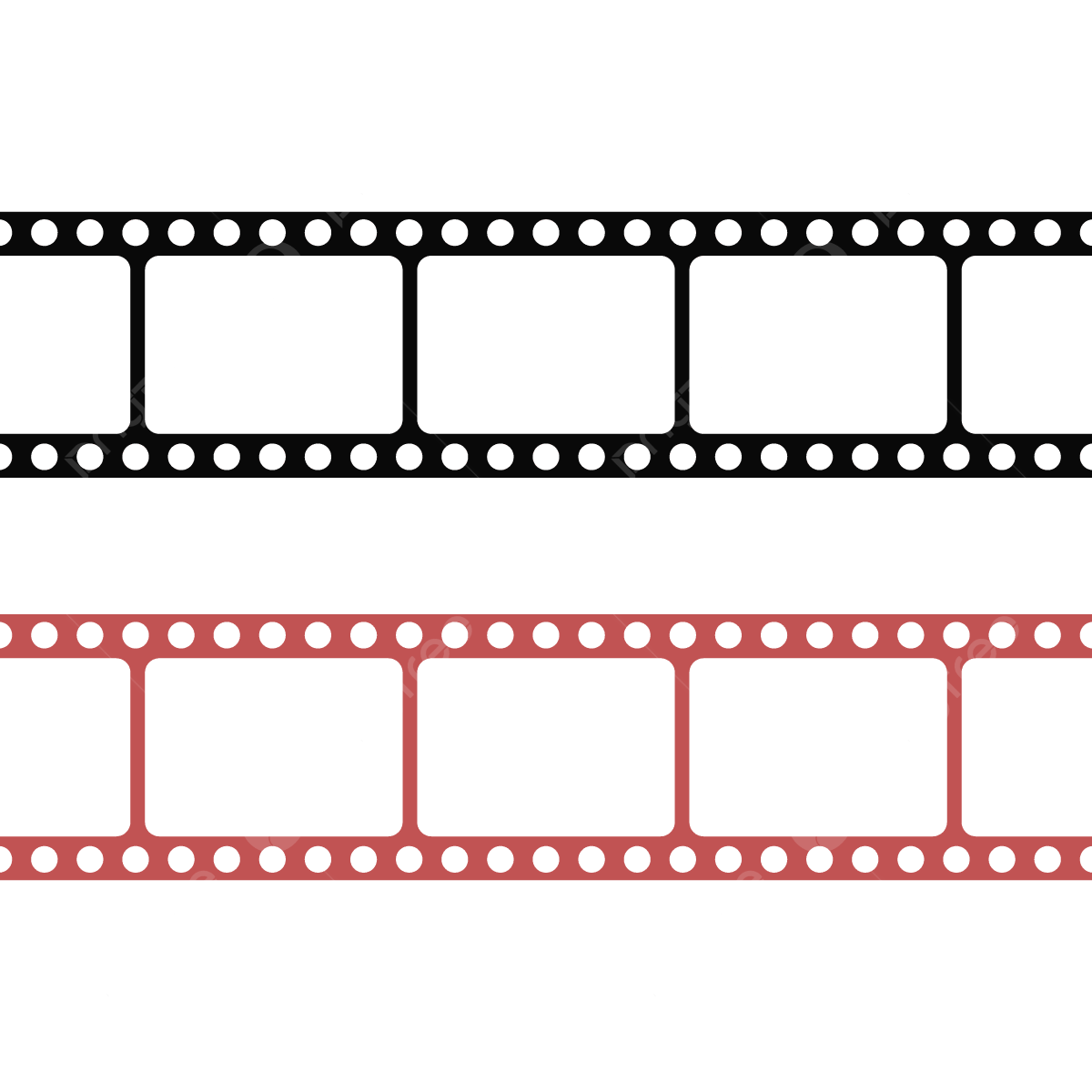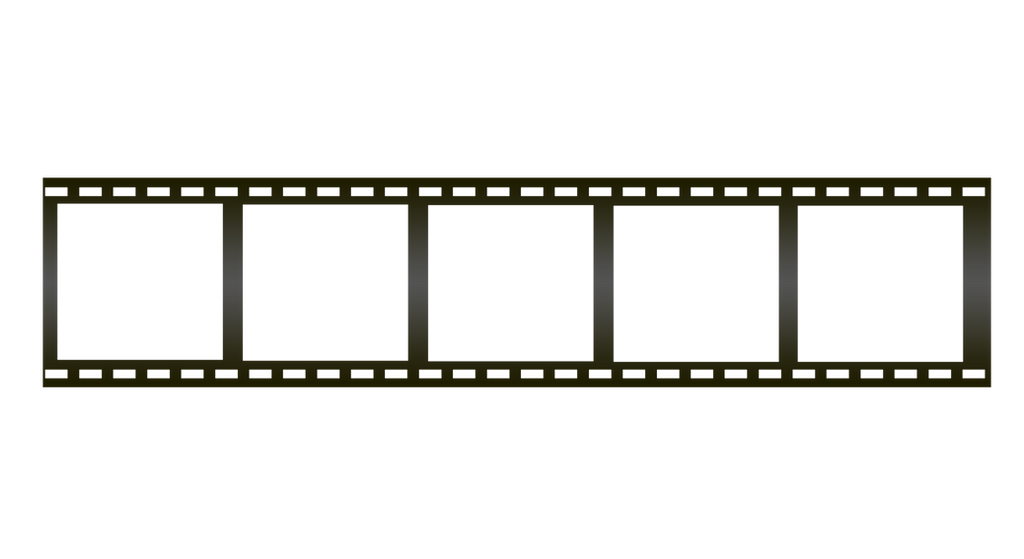Download top and best high-quality free Film Roll PNG Transparent Images backgrounds available in various sizes. To view the full PNG size resolution click on any of the below image thumbnail.
License Info: Creative Commons 4.0 BY-NC
A film roll is a strip or ribbon made up of transparent cellulose acetate or polyester plastic, which is coated with an emulsion that contains light-sensitive materials. It is used for capturing still images and moving pictures by means of a camera. In a camera, the roll is advanced and the film is exposed to light through a lens, resulting in a photograph or a frame of movie footage.
History of Film Roll
The film roll was invented in 1889 by George Eastman, the founder of Kodak. It was originally made up of nitrate film, which was highly flammable and could easily catch fire. This posed a significant risk to the safety of photographers and cinematographers. However, cellulose acetate film was introduced in the 1920s, which was less combustible and more stable, making it the preferred choice for film production.
With the advent of sound in movies, the size of the film roll had to be increased to accommodate the additional soundtrack. In 1932, the standard size of film roll was established as 35mm, which remains the industry standard to this day.
Types of Film Rolls
There are several types of film rolls available, each with their own specific characteristics and uses:
Black and White Film Roll
Black and white film rolls have been used in photography and filmmaking for over a century. They are known for their classic look, high contrast, and fine grain. Black and white film rolls are still popular today, with many photographers and filmmakers choosing to use them for their artistic qualities.
Color Film Roll
Color film rolls were first introduced in the 1930s, but did not become popular until the 1960s. They are made up of layers of emulsion that can produce a wide range of colors. Color film rolls are used for both still photography and motion picture filmmaking.
Instant Film Roll
Instant film rolls, also known as polaroid film rolls, produce a print within minutes of being exposed. They were first introduced in the 1940s, but gained popularity in the 1960s and 1970s as a way to capture and share memories instantly.
Infrared Film Roll
Infrared film rolls are sensitive to the infrared spectrum of light, which is invisible to the human eye. They produce images with a distinctive look, often characterized by dark skies and bright foliage. Infrared film rolls are used in military and scientific applications, as well as in artistic photography.
Advantages and Disadvantages of Film Rolls
Although film rolls were the standard for photography and filmmaking for over a century, digital technology has largely replaced them in recent years. However, there are still some advantages to using film rolls:
High Resolution and Detail
Film rolls are capable of capturing very high resolution images with fine detail. This makes them popular among photographers and filmmakers who are looking for a specific look or aesthetic.
Natural Colors
Film rolls can produce natural-looking colors that are often difficult to replicate with digital technology.
Tactile Experience
There is a certain tactile experience to working with film rolls that many photographers and filmmakers find appealing. The process of loading the film into the camera, advancing the roll, and winding the film back up manually can be satisfying and rewarding.
However, there are also some disadvantages to using film rolls:
Expensive and Time-Consuming
Film rolls can be expensive to purchase and develop, which can be a deterrent for some photographers and filmmakers. Additionally, the process of loading and unloading the film, as well as developing and printing it, can be time-consuming.
Limited Shots
Each film roll has a limited number of shots, typically between 12 and 36 exposures. This can be a problem if you are shooting a long event or are uncertain about your settings.
No Immediate Feedback
With film rolls, you do not get immediate feedback on your shots. You have to wait until the film is developed to see the results, which can be frustrating if you were hoping to make adjustments on the spot.
Conclusion
Although digital technology has largely replaced film rolls in recent years, they still hold a special place in the hearts of many photographers and filmmakers. Film rolls are capable of producing high-quality images with a distinctive look and feel. However, they can be expensive, time-consuming, and limit the number of shots you can take. Ultimately, the choice between film rolls and digital technology comes down to personal preference and the needs of your project.
Download Film Roll PNG images transparent gallery
- Film Roll PNG Photos
Resolution: 512 × 512
Size: 36 KB
Image Format: .png
Download
- Film Roll PNG HD Image
Resolution: 512 × 512
Size: 8 KB
Image Format: .png
Download
- Film Roll PNG Picture
Resolution: 512 × 512
Size: 9 KB
Image Format: .png
Download
- Film Roll
Resolution: 628 × 548
Size: 6 KB
Image Format: .png
Download
- Film Roll No Background
Resolution: 450 × 450
Size: 121 KB
Image Format: .png
Download
- Film Roll PNG File
Resolution: 512 × 512
Size: 6 KB
Image Format: .png
Download
- Film Roll PNG
Resolution: 450 × 450
Size: 45 KB
Image Format: .png
Download
- Film Roll PNG Clipart
Resolution: 512 × 512
Size: 8 KB
Image Format: .png
Download
- Film Roll PNG Pic
Resolution: 2230 × 2048
Size: 35 KB
Image Format: .png
Download
- Film Roll Transparent
Resolution: 1200 × 1200
Size: 60 KB
Image Format: .png
Download
- Film Roll PNG Image HD
Resolution: 512 × 512
Size: 57 KB
Image Format: .png
Download
- Film Roll PNG Image
Resolution: 512 × 512
Size: 26 KB
Image Format: .png
Download
- Film Roll PNG Images HD
Resolution: 396 × 2069
Size: 26 KB
Image Format: .png
Download
- Film Roll PNG Photo
Resolution: 1024 × 559
Size: 75 KB
Image Format: .png
Download
- Film Roll PNG Cutout
Resolution: 640 × 360
Size: 20 KB
Image Format: .png
Download
- Film Roll PNG Free Image
Resolution: 512 × 512
Size: 38 KB
Image Format: .png
Download















